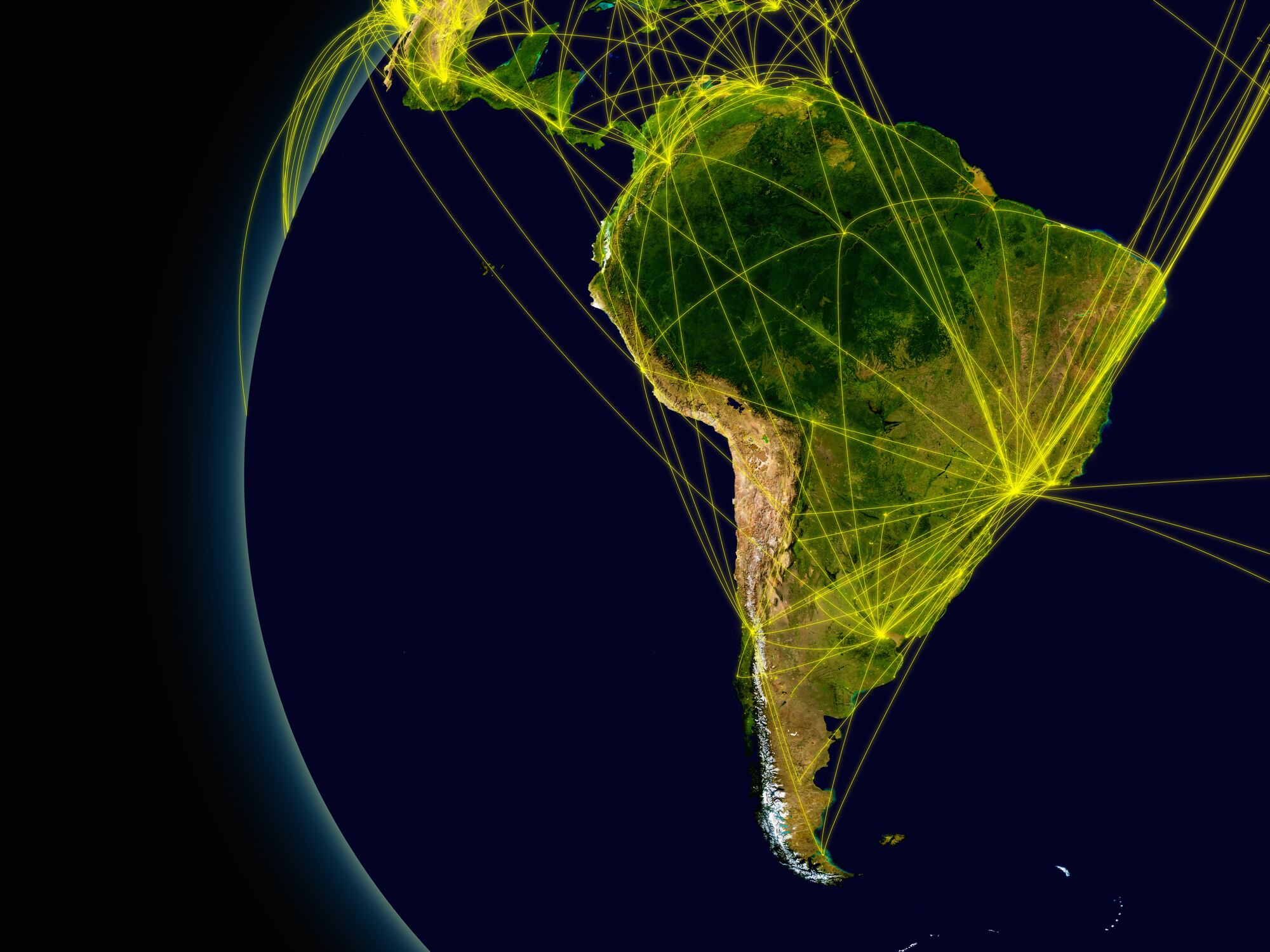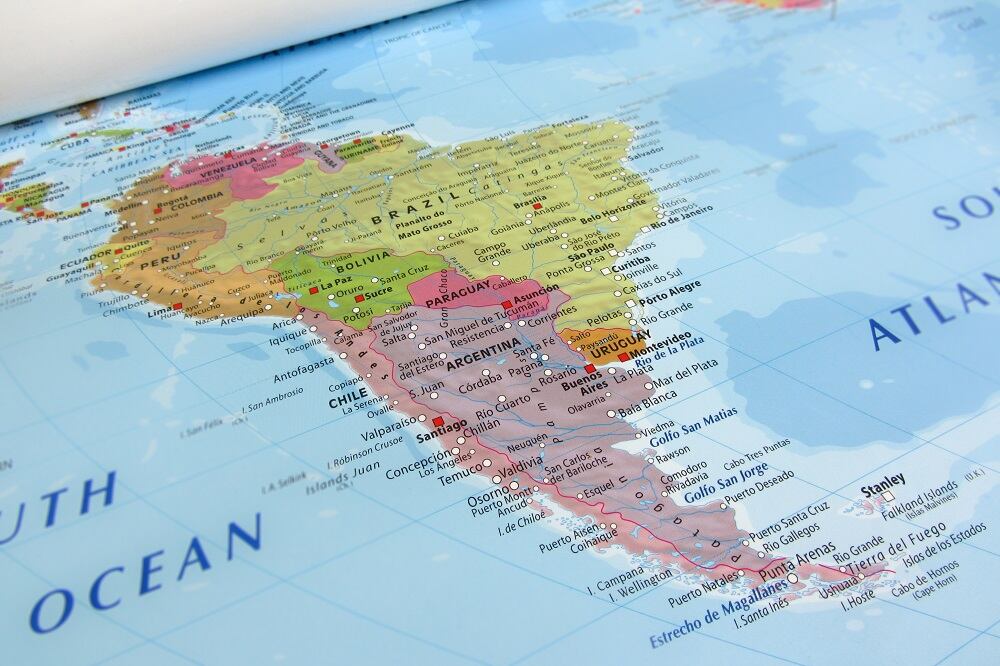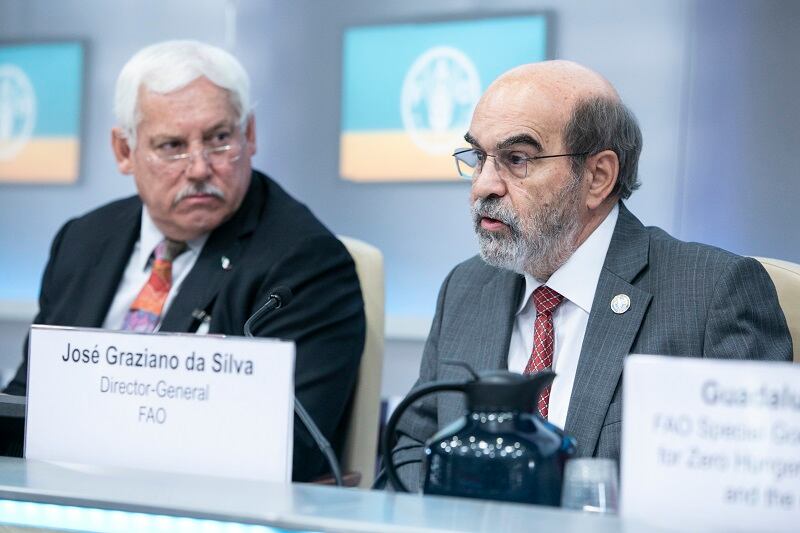The State of Food Security and Nutrition in the World 2019 report revealed the true scale of undernourishment and hunger in Latin America and the Caribbean.
“The increase in hunger in recent years is strongly associated with the economic slowdown of the region, Ricardo Rapallo, FAO Senior Policy Officer for Latin America and the Caribbean, explained.
Key Societal and Economic Factors at Play in Latin America
South America accounts for the majority of the number of undernourished people with respect to Latin America and the Caribbean.
Commenting on the influence of the economy on undernourishment in the region, Rapallo relates how the fall in commodity prices since 2011 led to a deterioration in the public finances of countries that depend on commodity exports. The fall had a particular impact on South America between 2012 and 2016.
Likewise, the urban unemployment rate reached 8.9% in 2016, increasing 1.6 percentage points over the previous year (the rate reached 9.3% in 2017). The reduction in GDP and the increase in unemployment led to lower household income.
As a result, people who are part of the lowest income quintiles have greater difficulties in accessing healthy and nutritious food. “This is especially significant for a region with the highest levels of inequality in the world,” emphasises Rapallo.
In addition, after several years of poverty reduction, the number of poor people increased from 166 to 175 million between 2013 and 2015, increasing the poverty rate from 28.1% to 29.2% (in 2018 it was 182 million and 29.6%).
By contrast, the percentage of undernourishment in Central America (6.1%) and the Caribbean (18.4%), have been decreasing since 2013, despite being higher than those in South America (5.5%).
Implement Societal and Economical Change
Advocating for both short and long-term policies to deal with economic events that limit the purchasing power of households, Rapallo states that these are necessary to “safeguard the food security and nutrition of the population”.
Achieving what is required, however, and the actions taken will “depend on the institutional capacity and availability of contingency and budget mechanisms”, Rapallo cautioned.
Ricardo Rapallo, FAO’s Senior Policy Officer for Latin America and the Caribbean shares in more detail what needs to be done:
1. Income Generating Policy Protection
Countries must protect short-term income generating policies, especially for the most affected households. Examples of these policies include social protection programmes, public works programmes or policies aimed at stabilising food prices. At the same time, they should avoid cuts in essential social services.
2. Conscious Investments
Likewise, countries must invest consciously during periods of the economic boom to reduce economic vulnerabilities and generate the capacity to recover quickly in case of economic crisis.
This requires balancing a set of policies for an inclusive transformation, characterised by economic diversification, the accumulation of human capital and universal access to medical care and other social services.
3. Trade Policy Focus
Due to the growing importance of world trade in food and agricultural commodities, trade policy must also be prioritised by policymakers when promoting economic transformations that contribute to achieving food security and nutritional objectives.
4. Food Security and Nutrition Integration
Moreover, if issues relating to food security and nutrition are integrated into poverty reduction efforts — increasing synergies between poverty reduction and hunger eradication — it is easier to move towards both objectives.
In implementing these policies, reducing gender inequalities and social exclusion of population groups should be the means to, or the result of, improving food security and nutrition.
Using the Past to help the Future
Exploring the actions needed to drastically reduce the number of people hungry in Latin America and the Caribbean, Rapallo highlights the trienniums of 2004-2006 and 2016-2018. These periods saw the greatest decreases in the number of undernourished people reported, he highlighted:
- Peru (2.3 million)
- Colombia (1.8 million)
- Dominican Republic (1.3 million)
- Mexico (1, 3 million)
- Ecuador (1 million)
- Bolivia (900,000)
Meanwhile, the prevalence of undernourishment (PoU) reduced considerably in the Dominican Republic (14.9 percentage points), Bolivia (13.2 percentage points), Panama (12.9 percentage points), Peru (9.9 percentage points) and Ecuador (9.1 percentage points).
Commenting on the importance of these results, Rapallo emphasises: “This goes to show that we definitely can eradicate hunger and push back the rising tide of malnutrition.”



